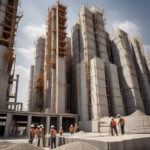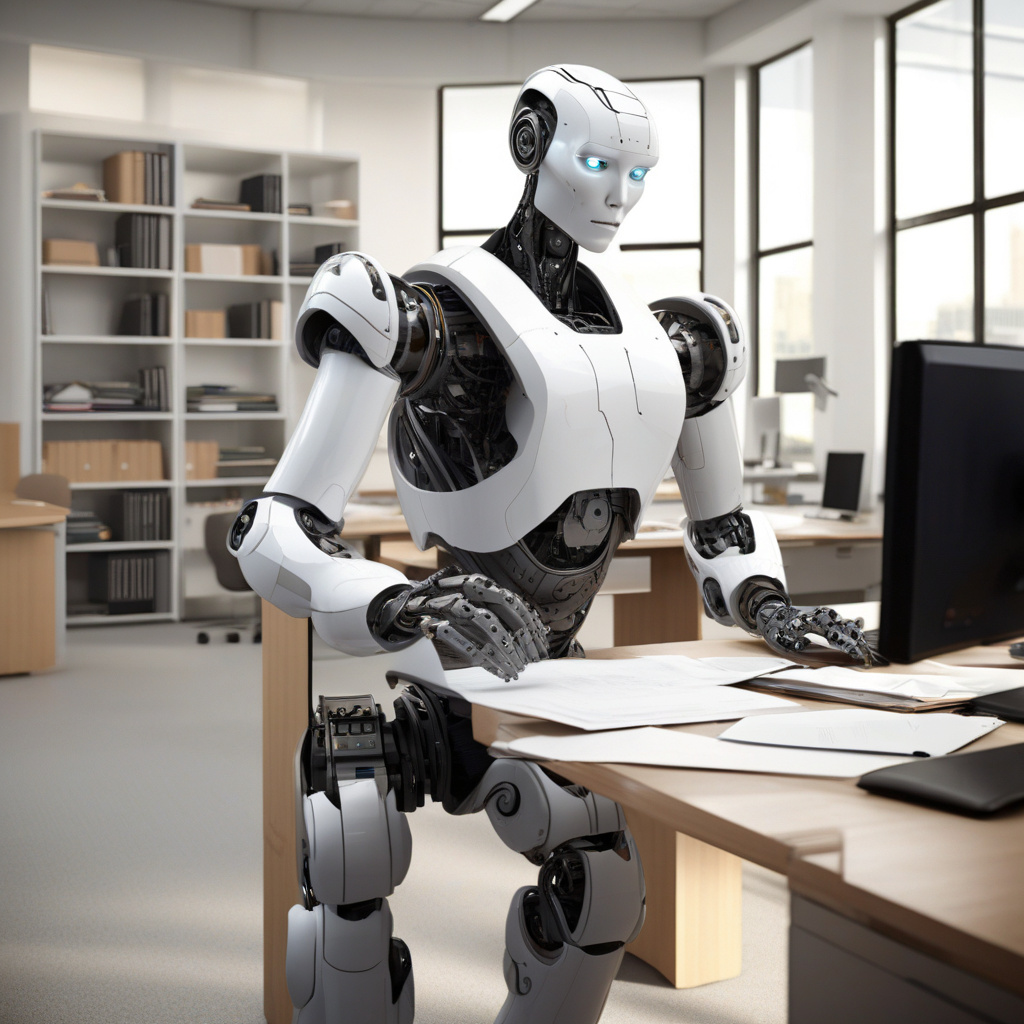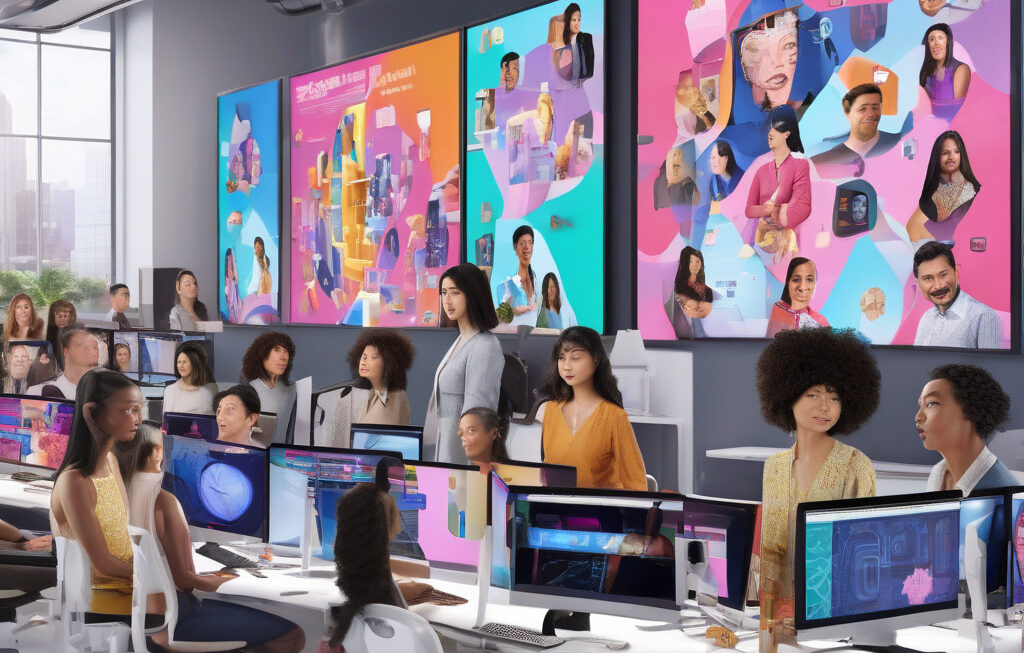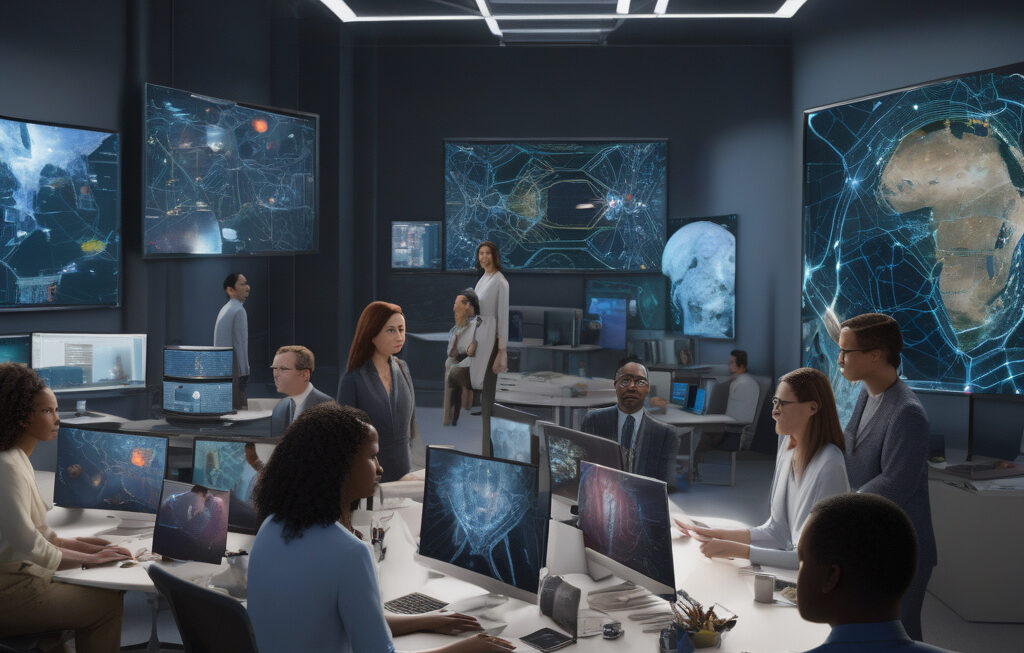Video: Humanoid Robot Atlas Demonstrates Graceful Handling of Annoying Co-Worker Pressure
Boston Dynamics’ humanoid robot Atlas was one of the names missing out in the inaugural. With the advancement of robotics and artificial intelligence, human-robot interactions are becoming more common in various workplaces. The recent viral video showcasing Atlas handling an annoying co-worker gracefully under pressure is a testament to the incredible progress in robotics technology.
In the video, Atlas, the humanoid robot, is seen working alongside a human co-worker in a typical office setting. The co-worker, played by another Boston Dynamics employee, engages in various annoying behaviors such as knocking objects out of Atlas’s hands, blocking its path, and even pushing it slightly. Despite these provocations, Atlas remains unfazed and maintains its composure throughout the interaction.
What makes this video particularly impressive is the way Atlas responds to the annoying co-worker with a remarkable level of patience and adaptability. Instead of reacting impulsively or aggressively, Atlas adjusts its movements and behavior to navigate the challenging situation smoothly. This ability to handle unexpected and disruptive behaviors is a significant advancement in the field of robotics, as it demonstrates the potential for robots to work effectively in dynamic and unpredictable environments.
The video also highlights the importance of designing robots with advanced sensors and algorithms that enable them to perceive and respond to human actions accurately. In the case of Atlas, its sophisticated sensors allow it to detect the co-worker’s movements and adjust its own actions in real-time, showcasing a high level of situational awareness and responsiveness.
Furthermore, the video serves as a reminder of the potential benefits of human-robot collaborations in the workplace. While the idea of working alongside robots may initially raise concerns about job displacement or safety risks, the video demonstrates that robots like Atlas can complement human workers effectively. By taking on repetitive or physically demanding tasks, robots can free up human employees to focus on more complex and creative aspects of their work, ultimately enhancing productivity and efficiency.
As robotics technology continues to advance, we can expect to see more human-robot collaborations in various industries, from manufacturing and logistics to healthcare and customer service. The key to successful integration lies in designing robots that are not only capable of performing tasks autonomously but also of interacting safely and harmoniously with human counterparts.
In conclusion, the video of Atlas handling an annoying co-worker gracefully under pressure showcases the remarkable progress in robotics technology and the potential for robots to work alongside humans in a wide range of environments. By demonstrating patience, adaptability, and advanced sensor capabilities, Atlas sets a new standard for human-robot interactions and paves the way for a future where robots play a crucial role in enhancing workplace dynamics and efficiency.
#RoboticsTechnology, #HumanRobotInteraction, #WorkplaceCollaboration, #ArtificialIntelligence, #BostonDynamics












